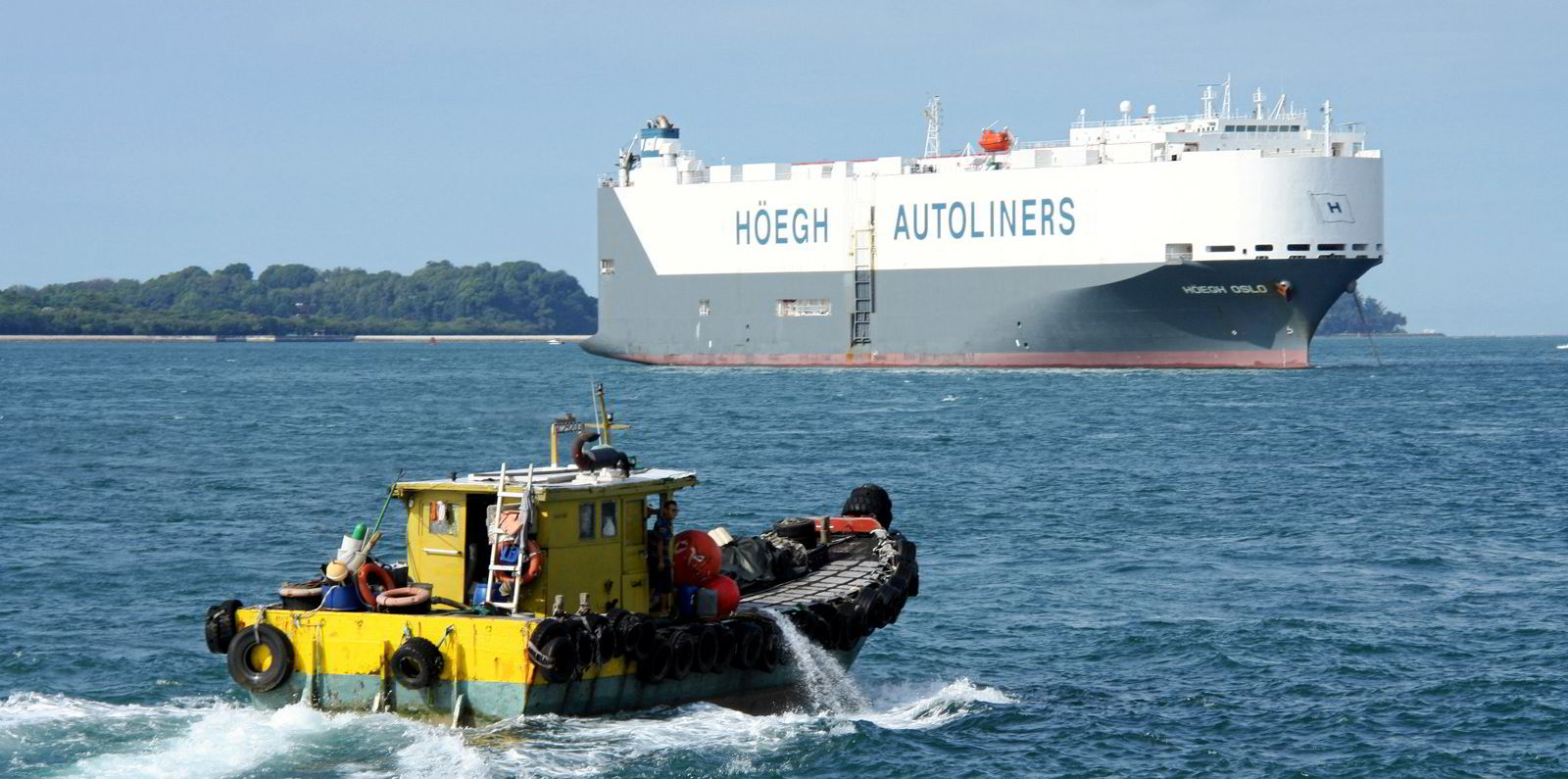The surging car carrier market will only get more complicated, Clarksons says.
The number of cars moving on the water has rocketed past both pre-Covid-19 levels and global seaborne trade levels, analyst David Whittaker wrote, thanks to a combination of pent-up demand from consumers, heavier vehicles being transported and rising Chinese electric vehicle exports.
But issues such as the Red Sea crisis and a large orderbook are making the situation “complex”.
“With eyes now turning to the next phase of the market cycle ... there is plenty to track going forwards,” Whittaker said.
The Red Sea and Suez Canal usually carry about 20% of all car carrier traffic, he said, but the flight of ships from the region because of attacks by Yemen’s Houthi militants has raised vessel demand by roughly 10% as ship are travelling longer.
Should the situation normalise — and Clarksons forecasts that it will later this year — the uplift for demand would evaporate.
As would whatever benefits the market will see from the closure of most Baltimore port facilities following the Francis Scott Key Bridge collapse and the subsequent routing of car carriers to other US East Coast ports.
Whittaker also said the European Union’s anti-subsidy investigation into the Chinese automotive industry could be a downside for markets.
The EU began taking customs registration on the vehicles in early March, which could prompt retroactive tariffs once it completes its investigation.
“More broadly, the car industry outlook remains unclear; our forecasts assume a cooling ahead in car sales growth once ‘pent-up’ demand is worked though, but watch out for other scenarios,” Whittaker said.
The car carrier market was already strong, as the growth in Chinese exports outpaced fleet growth, raising earnings.
Rates rose further following reroutings away from the Red Sea, even as volumes fell.
In March, Hoegh Autoliners moved 1.2m cbm of cargo, down from 4m cbm year over year, while rates hit $98.70 per cbm on a gross basis and $84.40 per cbm on a net basis.
Both figures were described as “close to peak”.
The company will report earnings on 24 April, alongside fellow Norwegian lessor Gram Car Carriers.
Wallenius Wilhelmsen, the world’s largest car carrier operator, will report on 8 May.






